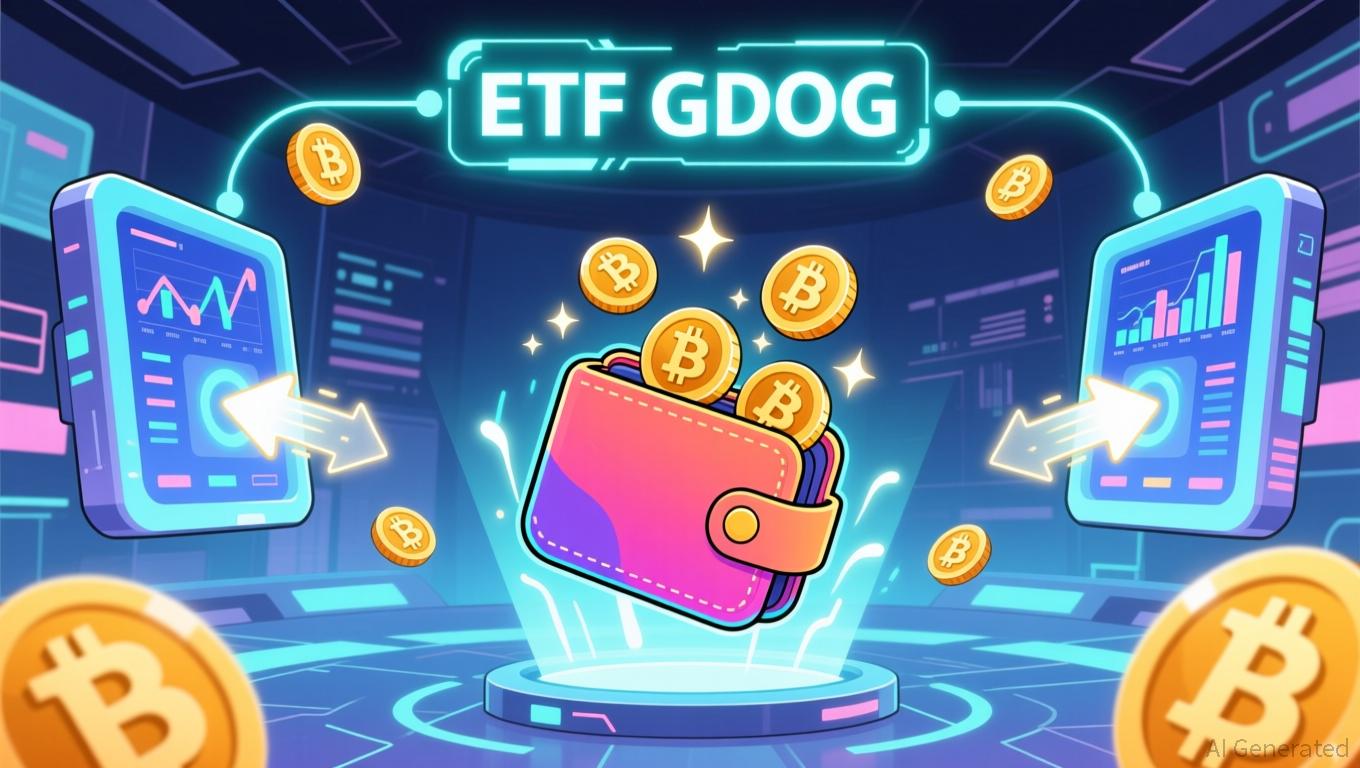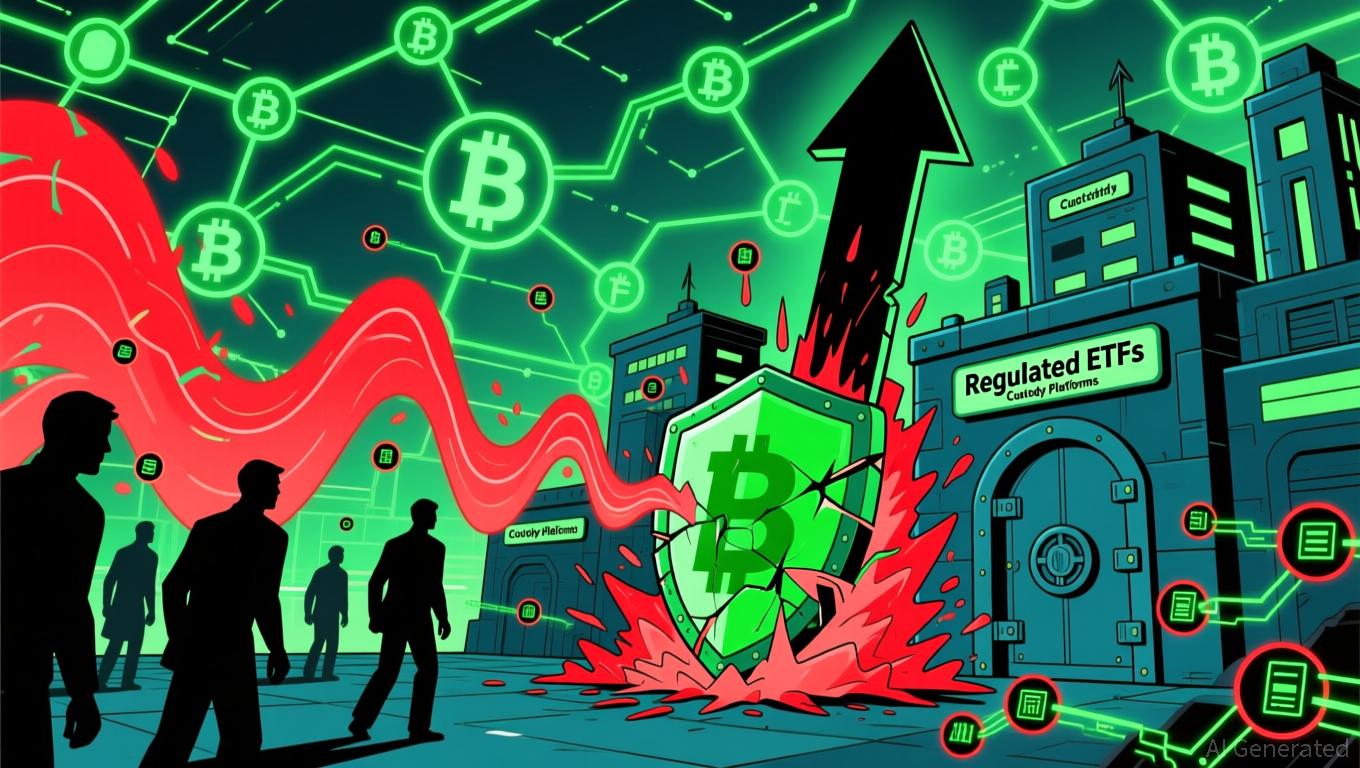- Jeff Park claims Bitcoin’s 4-year cycle is outdated.
- A 2-year cycle may emerge due to ETF inflows.
- Institutional factors now heavily influence Bitcoin’s price.
Bitcoin has long been known for its predictable 4-year halving cycle — an event that reduces mining rewards and historically kicks off bull runs. But according to Bitwise advisor Jeff Park, this pattern may no longer define Bitcoin’s future price movements.
Park argues that the dynamics around Bitcoin have fundamentally shifted. The traditional cycle, largely driven by supply shocks from mining rewards being halved, may now be overshadowed by new market forces — particularly institutional investor behavior and the rapid rise of Bitcoin ETFs.
The Rise of a 2-Year Cycle
In his recent remarks, Park highlights a new trend: the growing influence of ETF flows and institutional fund manager strategies. Since the launch of spot Bitcoin ETFs, billions of dollars have poured into the market, creating demand-driven momentum that doesn’t necessarily align with the halving calendar.
This has led Park to suggest that Bitcoin might now follow a 2-year economic cycle — one dictated by institutional rebalancing, performance windows, and capital allocation timelines. Fund managers often reassess positions every 1-2 years, meaning their buying and selling decisions could create more frequent market cycles.
What This Means for Investors
If this shift proves true, investors and analysts may need to rethink their long-term strategies. Relying solely on the halving cycle to predict price movements could become less effective. Instead, tracking ETF inflows, institutional behavior, and macroeconomic conditions may become more crucial.
While the halving event still reduces supply, it may now be just one of many factors influencing Bitcoin’s price — not the main driver it once was. As institutions continue to pour into the crypto space, Bitcoin’s future could become more tied to Wall Street’s rhythm than mining rewards.




